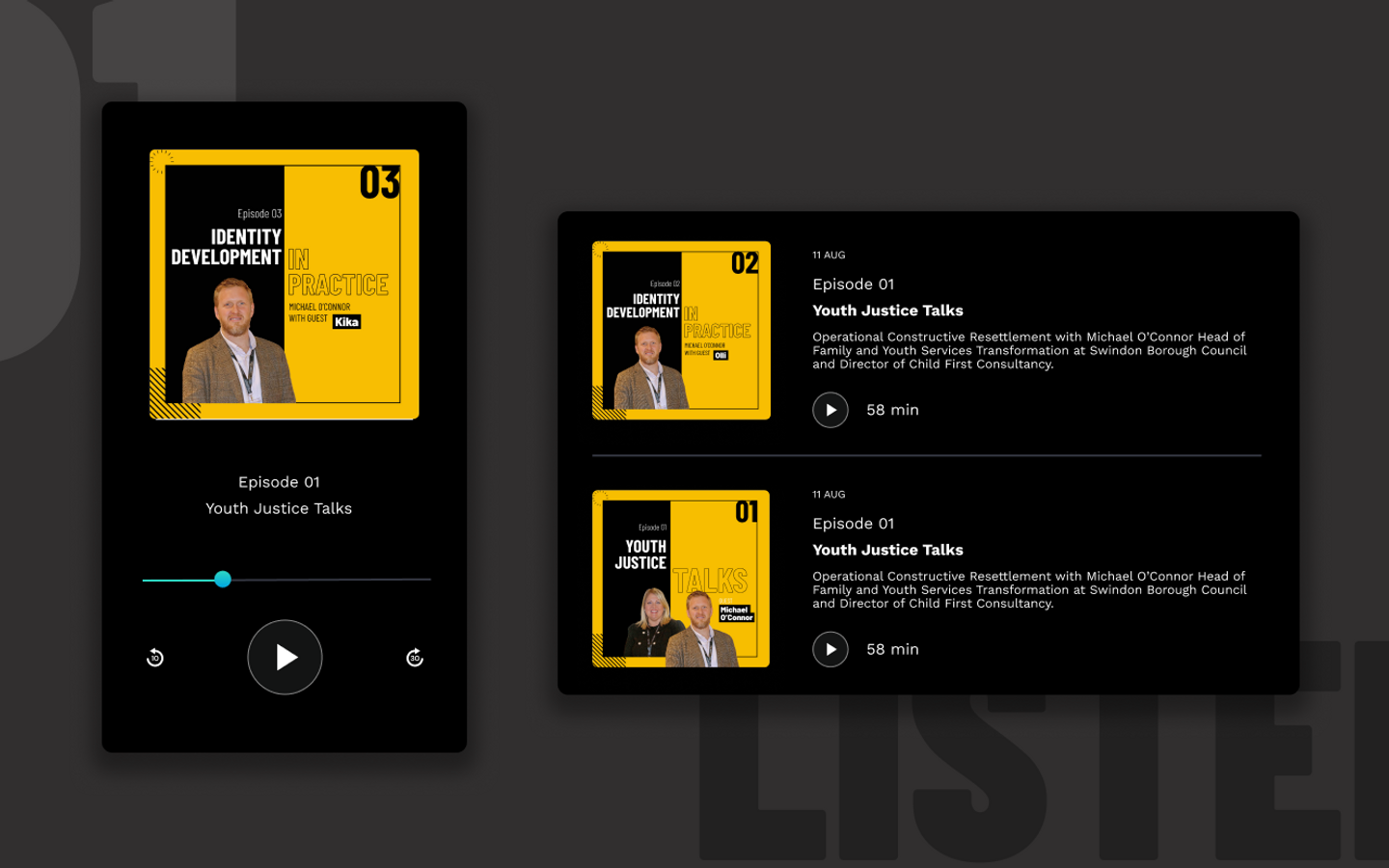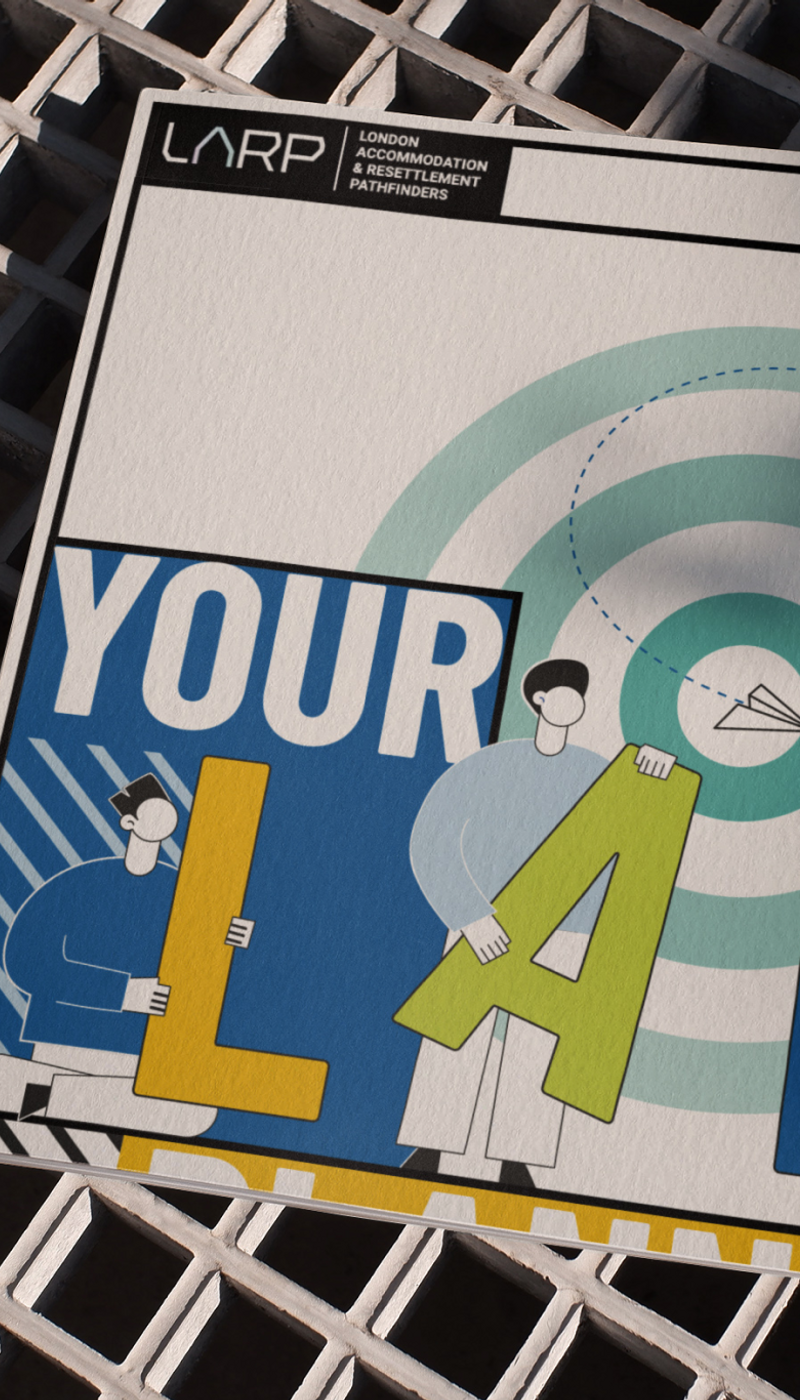How do you educate and equip busy youth practitioners to influence positive change in the youth justice sector?
Camden Council
-Constructive Resettlement
Research, Brand, Website, Animation, Content

Camden Council and The London Resettlement Partnership are on a mission to reduce child reoffending rates. Research has shown that a new theory of change called Constructive Resettlement is the answer. It can be used to reframe the way support is delivered in the Youth Justice sector, to enable positive identity development in children.
Camden Council wanted to educate youth practitioners and operational managers across London on Constructive Resettlement. They also wanted to equip practitioners with easy-to-access tools that would help them implement the theory into their daily practice with young people.
The academic research had shown that supporting a child to achieve a positive identity shift is key to reducing reoffending. Enabling this positive identity shift is what lies at the heart of Constructive Resettlement. Unfortunately, existing guidance on how to do this was difficult to access, buried deep in complex academic publications - not suitable for time-strapped youth practitioners.
So the challenge centered around bridging this gap in knowledge in a digestible way.
We knew that the best way to provide a creative solution to Camden’s challenge was to first delve into the complexities of the subject matter. By attending seminars, holding a discovery session, reviewing the existing academic papers and interviewing key stakeholders in the youth justice sector, we acquired a deep understanding of the theory of Constructive Resettlement and the positive change it can make.
The primary audience was youth justice practitioners and operational managers across a range of government departments in the 32 London boroughs. Research had highlighted these were time-strapped individuals who either struggled to access actionable guidance or had limited awareness of Constructive Resettlement. The secondary audience was children aged 10-17 years, either those in youth custody or those who had been recently released.
We created a new, first of its kind digital hub to respond to the challenge. Its purpose - to provide trusted, digestible and engaging resources on the theory and implementation of Constructive Resettlement.



We developed a visual concept, complete with style guide, to give the new central resource hub a distinct brand identity. The bold, urban and energetic colour palette inspires the younger target audience, while the clean structure makes it easy for practitioner users to access resources.
We incorporated illustration and infographics to help breakdown complex messages, and carefully-selected imagery to make the resource hub relatable and inclusive. To protect child identity, we sourced stock photography, consulting key stakeholders to ensure representation and inclusivity.
We deployed the brand across the whole site and each resource within it. Formats included captioned videos, podcasts, animations, activity sheets and booklets, in order to take into account different learning styles. To complement the online resources, we also produced editable presentation templates for training and knowledge-sharing, email graphics, and printed planners.


